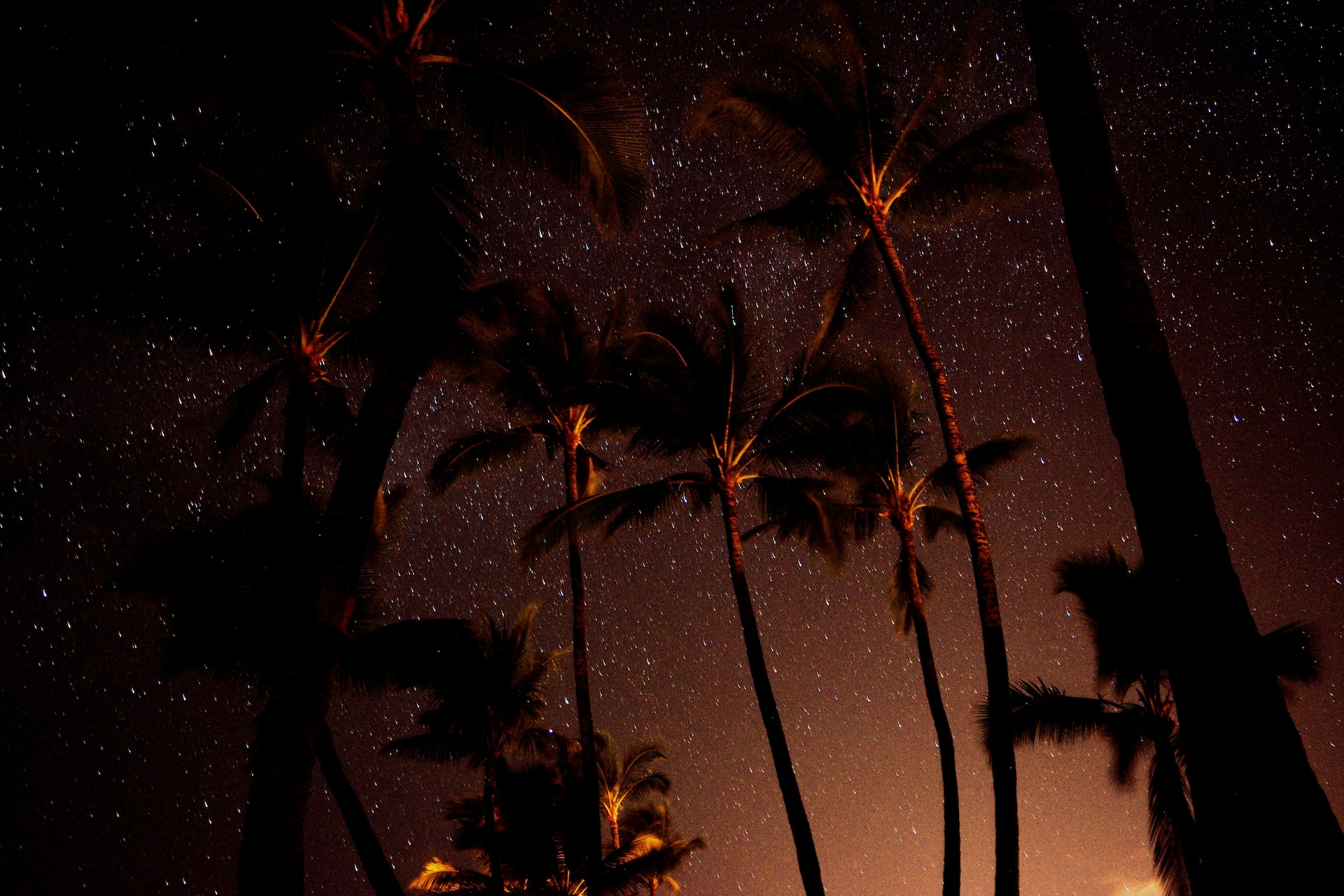
Do Glow-in-the-Dark Trees Exist?
We are reader-supported. When you buy through links on our site, we may earn affiliate commission.
The idea of glow-in-the-dark trees is a fascinating one, to say the least. How fabulous would it be to illuminate the night with bioluminescent trees instead of streetlights? Streetlights require energy that has to be distributed throughout cities to allow safe passage for citizens in the dark. Bioluminescent trees would be an eco-friendly and sustainable alternative to street lamps.
Snopes
In January of 2021, a TikTok video was released that claimed genetically modified plants exist that glow in the dark after being injected with firefly genes. While this may be true, the video creator claimed that Dutch scientists isolated the gene that makes fireflies glow and recombined the DNA to insert it into trees to make them glow. The truth is that scientists have been injecting plants for years to create a glowing effect, but the glow they have achieved has been faint. Glow-in-the-dark trees are still a theory at this time.
Bioglow
Bioglow is a biotechnology company that used molecular biologist Dr. Alexander Krichevsky’s work to develop a light-producing plant in 2010. Krichevsky founded Bioglow with a technology entrepreneur named Tal Eidelberg. Their vision is to develop eco-friendly alternatives to lights generated by electricity. Autoluminescent plants create their own light without using chemicals or UV light.
The goal of these plants is to emit light on their own throughout their life cycle, similar to fireflies and jellyfish. In 2013, Bioglow announced its first glowing plant called Starlight Avatar. Krichevsky continues to pursue Bioglow’s vision of creating a more sustainable and environmentally friendly light source.
MIT
A tobacco plant was modified to give off light in the 1980s at the University of California. The glow was only seen by scientists that stood in the dark for about ten minutes. However, this was the first time a plant was successfully modified with a light-producing gene. The firefly gene was transferred into the plant cells and the plant didn’t die. It grew.
Scientists have been experimenting with plants to create glow-in-the-dark plants ever since. Micheal Strano is a professor and engineer at the Massachusetts Institute of Technology (MIT). Strano and his team successfully modified plants that glow in the Department of Chemical Engineering at MIT. The plants glow brightly enough that you can use them as an indirect light source.
Chemical Reaction
The chemical reaction in these plants is complex. Adenosine triphosphate, the cell’s fuel, oxygen and magnesium are present. Luciferin (the enzyme used in fireflies) undergoes oxidation and loses electrons, so it exudes light. The chemical reaction is then inserted into biocompatible nanoparticles that hold the enzymes that extend the emanation of light. The duration of light and its intensity is still in the works.
Researchers have also found that they can use fungi from mushrooms to produce a similar glow effect in plants rather than using nanoparticles. From seed to maturity, the glow was seen to last through the plant’s whole life cycle. This method would be more cost-effective than nanoparticles, but there would be no way to shut them off. This could work for night lights, but it would be like having a lamp that you can’t switch off.
Foxfire
The phenomenon of trees eerily glowing in the dark like in fairytales is called foxfire. This glow is attributed to species of mushrooms that glow in the dark growing on decaying wood on trees. The fungi grow on decaying wood and create a glow that radiates through the forest, giving it the name foxfire.
There are over 70 types of mushrooms that can glow in the dark. Fungi use the combination of oxygen and luciferin to lure insects into helping them spread their spores. Mushrooms glowing in a dark forest aren’t as uncommon as you think. They even have their own nicknames.
Bitter Oysters, for example, are one of the brightest mushrooms that glow. The mushroom’s real name is panellus stipticus. It grows and glows mainly in parts of North America and glows during spore maturation. Little Ping-Pong Pats look like a bunch of bats hanging off a tree limb or ping-pong paddles since they’re small and white.
The honey mushroom or the armillaria mellea has a hue of orange in them. They are the most common bioluminescent mushroom and are likely the ones that cause foxfire in most cases. There are four species of honey mushrooms. They are so simple during the daytime but come alive at night.
These mushrooms are part of creating glowing plants and perhaps trees later on. Luciferin is the same compound found in fireflies and jellyfish that naturally produce light called bioluminescence. Mushrooms naturally give off the light to attract insects, while fireflies use it to attract mates. The temperature and surroundings are crucial in mushrooms’ habitat. So, how does this translate into glow-in-the-dark tree production?
Bioluminescent Trees
The sad truth is that while the elements create glow-in-the-dark properties for plants, bioluminescent or glow-in-the-dark trees just don’t exist yet. Scientists like Micheal Strano won’t give up on the concept and are willing to be patient for society to come around to the idea. The production of decorative glowing plants is in the works and trials on new plant species.
The reality is that funding isn’t being prioritized for these trees yet. The glow-in-the-dark plants are a fascinating and exciting development in science, but they aren’t perceivable as the future yet. There are so many benefits for the environment that could come from glow-in-the-dark trees that environmentalists everywhere are excited about this prospect.
Potential To Exist
So, to answer the original question, glow-in-the-dark trees can potentially exist. They can glow from seed to maturity. How much maintenance will they need? Will a spray be concocted to keep the glow like plants in Strano’s study? These are all questions scientists are figuring out. We just have to sit tight.
Share on
Like what you read? Join other Environment.co readers!
Get the latest updates on our planet by subscribing to the Environment.co newsletter!
About the author
Rachel Lark
Rachel serves as the Assistant Editor of Environment.co. A true foodie and activist at heart, she loves covering topics ranging from veganism to off grid living.





